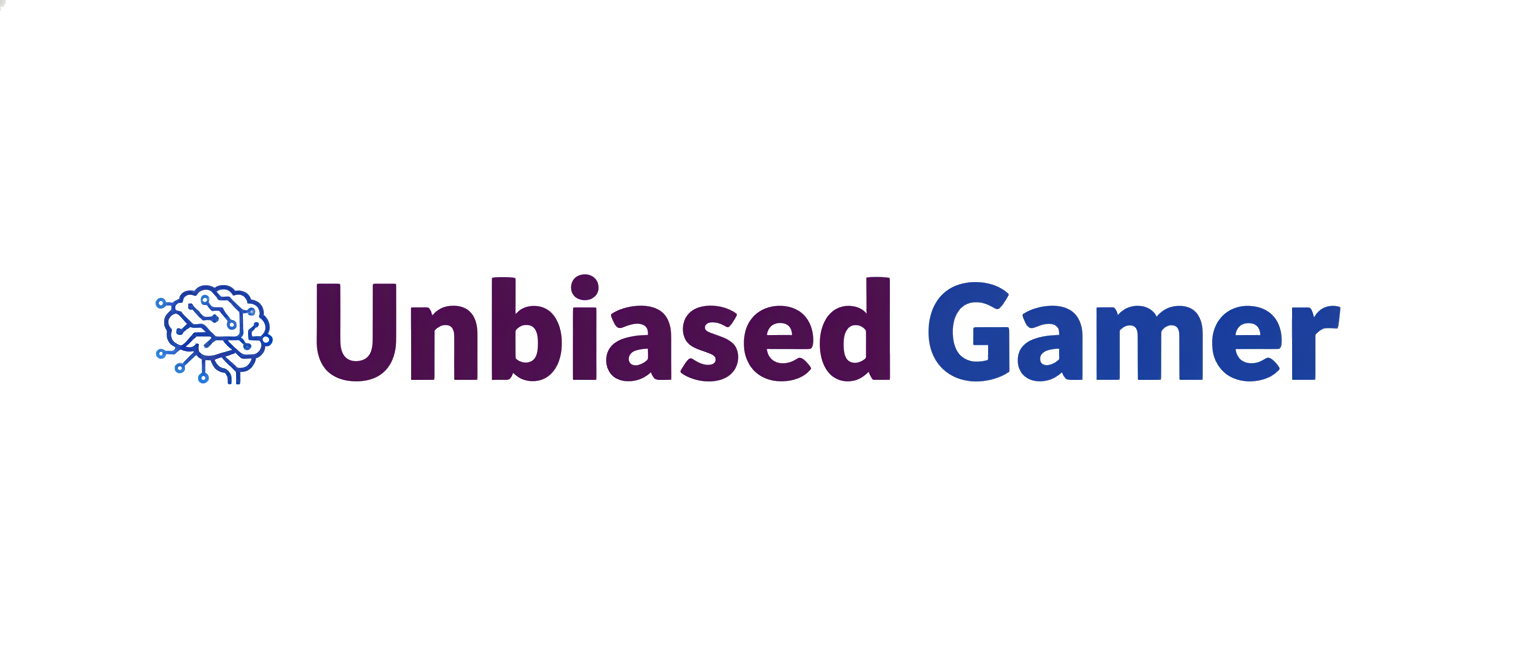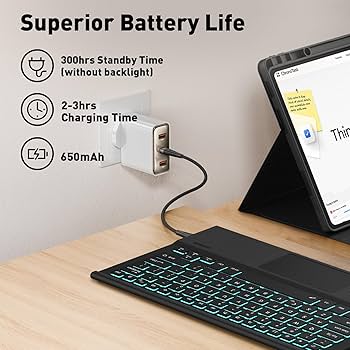Introduction: More Than Just Players
In the sprawling digital landscape of the 21st century, the term “gaming community” has evolved from a niche descriptor for forum dwellers and LAN party attendees into a colossal, multifaceted force that shapes the very fabric of the entertainment world. It’s a global network of billions, connected not by geography, but by shared passions, virtual worlds, and the universal language of play. This community is no longer a passive audience; it is an active participant, a co-creator, a critic, and a kingmaker. The instantaneous feedback loop provided by social media, Discord servers, and platforms like Twitch means a game’s fate can be sealed within hours of its release. A single title can be simultaneously hailed as a masterpiece and condemned as a betrayal by different segments of this same community. Understanding this powerful and often paradoxical entity is no longer optional for developers, publishers, or even players themselves—it is essential for navigating the modern world of Video Games. This article delves into the anatomy, influence, and intricacies of the gaming community, exploring how it wields its immense power to both build and break the games we love.
The Anatomy of a Global Phenomenon
The modern Gaming Community is not a monolith. It is a complex ecosystem of interconnected subcultures, each with its own norms, platforms, and hierarchies. To comprehend its influence, one must first understand its structure and the platforms that give it voice.
From Forums to Real-Time Feeds: The Evolution of Communication
The history of gaming communities is intrinsically linked to the evolution of communication technology. Early enthusiasts of Retro Gaming gathered on Usenet groups and bulletin board systems (BBS) to share cheat codes and strategies. The rise of the internet brought dedicated forums and clan websites, creating more permanent homes for communities around titles like Counter-Strike or MMORPGs. Today, the landscape is dominated by instant, multimedia-rich platforms. Discord has become the de facto digital clubhouse for countless groups, offering text, voice, and video chat. Reddit’s subreddits, like r/gaming or specific game-centric forums, serve as massive public squares for discussion, memes, and Gaming News. Meanwhile, platforms like Twitch and YouTube have transformed communication into a spectator sport, where Game Streaming personalities build and lead their own dedicated communities, influencing everything from Esports News to the popularity of obscure Indie Games.
A Mosaic of Subcultures: Types of Gaming Communities
The community is fragmented into countless overlapping groups. These can be broadly categorized:
- Platform-Specific: These are tribes loyal to their hardware. The worlds of PC Gaming, Console Gaming, and Mobile Gaming have distinct cultures. Discussions in these circles often revolve around hardware specifications, such as the latest Graphics Cards or the performance of Gaming Laptops, and exclusive titles covered in PlayStation News, Xbox News, or Nintendo News.
- Genre-Specific: Players often identify strongly with their preferred genres. The communities for FPS Games, RPG Games, and Strategy Games have different priorities and values. A fan of tactical shooters like Valorant might prioritize tick rates and netcode, while an MMORPG player is more concerned with lore and community events, as seen in MMORPG News.
- Game-Specific: Perhaps the most powerful communities are those built around a single title. Games like Minecraft, Fortnite, and League of Legends have fostered global communities that create content, run tournaments, and develop unique cultural touchstones that exist entirely within the context of that game.
- Creator-Focused: Top streamers and content creators command legions of followers who form a community around the personality as much as the games they play. This dynamic has a profound impact on the Gaming Industry, as a single creator’s endorsement can lead to massive sales.
The Community as Co-Developer and Critic

The line between player and creator has never been more blurred. Modern game development, especially in the PC space, often treats the community as an integral part of the creation process. This symbiotic relationship, however, is a double-edged sword, capable of producing both incredible collaboration and intense conflict.
The Power of Feedback: Shaping Game Development
The rise of Early Access on platforms like Steam has institutionalized the community’s role in development. Developers release unfinished versions of their games to gather feedback, bug reports, and suggestions. This process has been instrumental in the success of countless titles. A prime case study is the redemption of No Man’s Sky. After a disastrous launch that drew widespread criticism, the developers at Hello Games spent years releasing free, substantial updates directly addressing community feedback, eventually transforming the game into a beloved classic. More recently, the developers of Helldivers 2 have masterfully engaged with their community, using in-game events and social media to create a collaborative storytelling experience, a practice highlighted in recent Game Development discussions. This approach, often powered by engines like those featured in Unity News and Unreal Engine News, shows the immense potential of a positive developer-community relationship.
The Fine Line: Constructive Criticism vs. Review Bombing
While constructive feedback is invaluable, community sentiment can also manifest in destructive ways. “Review bombing”—the act of flooding a game’s store page with negative Game Reviews to protest a developer’s decision—has become a common tactic. This was famously seen with Star Wars Battlefront II, where community outrage over loot box mechanics forced one of the world’s largest publishers to completely overhaul the game’s monetization system. While effective, this approach often drowns out nuanced criticism. The challenge for both developers and community platforms is to distinguish between legitimate, widespread dissatisfaction and coordinated, bad-faith attacks. A game might receive negative feedback for a controversial narrative choice that some players find poignant while others deem it a betrayal of genre conventions, illustrating the deep schisms that can exist within a player base.
The Modding Scene: The Ultimate Form of Creative Engagement
Perhaps the most positive and powerful expression of community creativity is the modding scene. Game Mods are modifications made by players that can alter, fix, or expand a game. For titles like The Elder Scrolls V: Skyrim or Minecraft, the modding community has created thousands of hours of new content, from new quests and characters to complete graphical overhauls. This not only extends the lifespan of a game indefinitely but also serves as a training ground for future game designers and developers, showcasing the community’s profound talent and passion.
The Economic and Cultural Impact
The influence of the gaming community extends far beyond the digital confines of the games themselves. It is a primary driver of economic trends, a cultural force, and the engine behind the explosive growth of competitive gaming.
Fueling the Esports Phenomenon

Competitive Gaming, or esports, would not exist without its passionate community. The fanbases for games like Dota 2, Counter-Strike, and Overwatch are the lifeblood of the scene. They watch streams, buy merchandise, and attend massive stadium events, generating the revenue that funds prize pools and player salaries. Community-driven hype and rivalries create compelling narratives that elevate esports from a simple competition to a global spectacle. The latest Call of Duty News or Apex Legends News is often dominated by roster changes and tournament results, all driven by community engagement.
Driving Hardware and Peripheral Trends
The community’s collective desires directly shape the market for Gaming Hardware. The demand for higher frame rates in FPS Games fueled innovation in Graphics Cards and high-refresh-rate Gaming Monitors. The rise of competitive gaming created a thriving market for high-performance Gaming Peripherals, including specialized Gaming Mice, mechanical Gaming Keyboards, and crystal-clear Gaming Headsets. Niche communities have even created markets for highly specialized equipment like Racing Wheels and Flight Sticks. From the ergonomics of a Gaming Chair to the processing power of Gaming PCs, player demand is a key R&D driver in Gaming Tech.
Shaping Culture and Commerce
Gaming Culture has permeated the mainstream, largely thanks to the community’s creative output. Memes, catchphrases, and inside jokes born in Twitch chats or on Reddit forums often find their way into popular culture. This cultural cachet has significant economic implications. The rise of Cloud Gaming services and the buzz around VR Gaming and AR Gaming are heavily influenced by community adoption and evangelism. Developers and publishers, from large entities discussed in Epic Games News to small indie teams on Steam, now consider community management a critical pillar of their marketing and long-term strategy.

Navigating the Digital Arena: Recommendations and Best Practices
Harnessing the power of the gaming community while mitigating its potential for toxicity is one of the greatest challenges in the industry today. Both developers and players have a role to play in fostering healthier, more constructive digital spaces.
For Developers: Fostering a Healthy Ecosystem
- Establish Clear Communication: Use platforms like Discord and social media to maintain an open and honest dialogue with your players. Be transparent about your Game Design philosophy and development roadmap.
- Listen, But Maintain Vision: Actively solicit and analyze feedback, but do not design by committee. Use community input to refine your vision, not replace it.
- Empower Community Leaders: Identify and support positive community leaders and content creators. They can be your greatest advocates.
- Invest in Moderation: A healthy community requires strong moderation to protect against harassment, hate speech, and toxicity. This is not an expense; it is an investment in your game’s long-term health.
For Players: Being a Constructive Member
- Provide Specific, Actionable Feedback: Instead of saying “this is bad,” explain why you feel that way and offer a potential solution. Detailed feedback is far more useful to developers.
- Differentiate Criticism from Harassment: It is perfectly acceptable to criticize a game, a company, or a design decision. It is never acceptable to harass or threaten the individuals who create them.
- Support Positive Behavior: Elevate constructive voices, support creators who foster positive communities, and use reporting tools to flag toxic behavior.
- Explore Beyond the Hype: Give Indie Games and smaller titles a chance. The next great community might be forming around a game you haven’t heard of yet.
Conclusion: The Future is a Shared Experience
The gaming community is a vibrant, chaotic, and undeniably powerful force. It is a global colosseum where new Game Releases are judged, a collaborative workshop where games are refined, and a cultural engine that influences trends far beyond its own borders. Its dual nature—capable of incredible creativity and disheartening toxicity—is a reflection of its human core. For developers, learning to engage with this force is the key to longevity and success. For players, participating constructively is the key to shaping a better, more inclusive future for the hobby we all share. As technology continues to evolve with advancements in Game Emulation, virtual reality, and cloud streaming, the community’s role will only become more integrated and essential. The future of gaming is not something that will be delivered to a passive audience; it will be built, day by day, in the shared digital spaces where we play, talk, argue, and create together.











